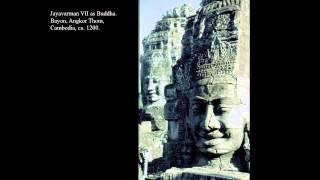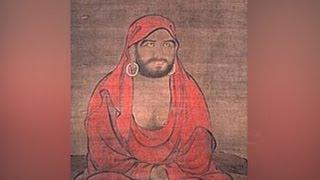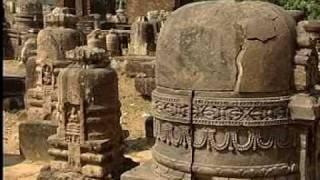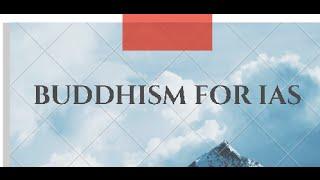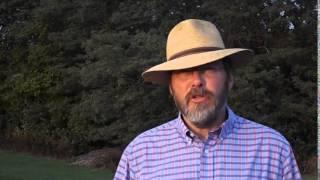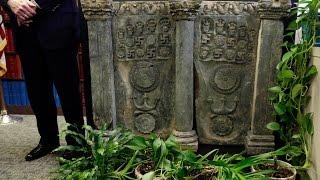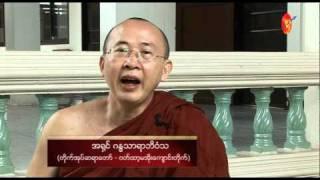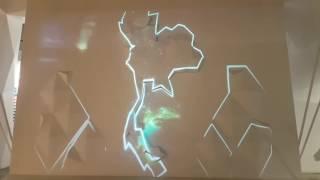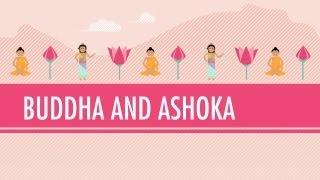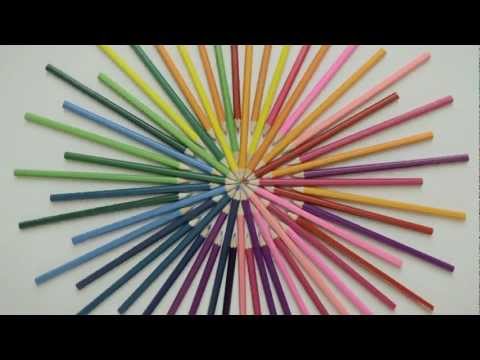Ancient History of Buddhism
Description
Scholars are hesitant to make unqualified claims about the historical facts of the Buddha's life. Most accept that he lived, taught and founded a monastic order during the Mahajanapada era during the reign of Bimbisara (c. 558 – c. 491 BCE), the ruler of the Magadha empire, and died during the early years of the reign of Ajasattu, who was the successor of Bimbisara, thus making him a younger contemporary of Mahavira, the Jain tirthankara. Apart from the Vedic Brahmins, the Buddha's lifetime coincided with the flourishing of influential Śramaṇa schools of thought like Ājīvika, Jainism, and Ajñana. Brahmajala Sutta records sixty-two such schools of thought. It was also the age of influential thinkers like Mahavira (referred to as 'Nigantha Nataputta' in Pali Canon), Pūraṇa Kassapa, Makkhali Gosāla, Ajita Kesakambalī, Pakudha Kaccāyana, and Sañjaya Belaṭṭhaputta, as recorded in Samaññaphala Sutta, whose viewpoints the Buddha most certainly must have been acquainted with. Indeed, Sariputta and Moggallāna, two of the foremost disciples of the Buddha, were formerly the foremost disciples of Sañjaya Belaṭṭhaputta, the skeptic; and the Pali canon frequently depicts Buddha engaging in debate with the adherents of rival schools of thoughts. Thus, Buddha was just one of the many śramaṇa philosophers of that time. There is also evidence to suggest that the two masters, Alara Kalama and Uddaka Ramaputta, were indeed historical figures and they most probably taught Buddha two different forms of meditative techniques. While the general sequence of "birth, maturity, renunciation, search, awakening and liberation, teaching, death" is widely accepted, there is less consensus on the veracity of many details contained in traditional biographies.
The times of Gautama's birth and death are uncertain. Most historians in the early 20th century dated his lifetime as circa 563 BCE to 483 BCE.] More recently his death is dated later, between 411 and 400 BCE, while at a symposium on this question held in 1988, the majority of those who presented definite opinions gave dates within 20 years either side of 400 BCE for the Buddha's death. These alternative chronologies, however, have not yet been accepted by all historians.
The evidence of the early texts suggests that Siddhārtha Gautama was born into the Shakya clan, a community that was on the periphery, both geographically and culturally, of the eastern Indian subcontinent in the 5th century BCE. It was either a small republic, or an oligarchy, and his father was an elected chieftain, or oligarch.According to the Buddhist tradition, Gautama was born in Lumbini, now in modern-day Nepal, and raised in the Shakya capital of Kapilvastu, which may have been either in what is present day Tilaurakot, Nepal or Piprahwa, India. He obtained his enlightenment in Bodh Gaya, gave his first sermon in Sarnath, and died in Kushinagar.
No written records about Gautama were found from his lifetime or some centuries thereafter. One Edict of Asoka, who reigned from circa 269 BCE to 232 BCE, commemorates the Emperor's pilgrimage to the Buddha's birthplace in Lumbini. Another one of his edicts mentions several Dhamma texts, establishing the existence of a written Buddhist tradition at least by the time of the Maurya era. These texts may be the precursor of the Pāli Canon. The oldest surviving Buddhist manuscripts are the Gandhāran Buddhist texts, reported to have been found in or around Haḍḍa near Jalalabad in eastern Afghanistan and now preserved in the British Library. They are written in the Gāndhārī language using the Kharosthi script on twenty-seven birch bark manuscripts and date from the first century BCE to the third century CE.
For more features:
Youtube Page - https://www.youtube.com/channel/UCgW5F0AsCs7XCI1MJbNAe3w
Please subscribe to our channel for more updates:
https://www.youtube.com/channel/UCgW5F0AsCs7XCI1MJbNAe3w?sub_confirmation=1

